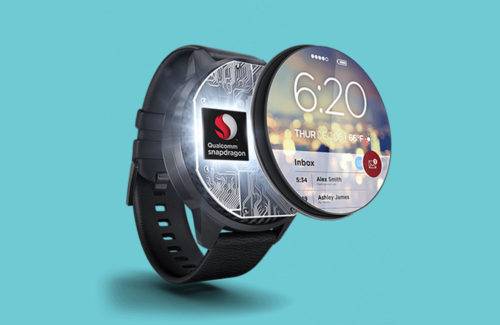Linux has become the most popular operating system through forks like Android, Fire OS, Tizen, and Ubuntu, but now low-power wearable and Internet of Things (IoT) devices have bucked the trend.
Instead of utilizing the open source OS, these devices have found more success with real-time operating systems (RTOS) that function through a mobile OS, either iOS, Android, or in some cases Windows Phone.
See Also: Smartwatches fail to keep time despite wearables growth
Fitbit and Garmin are two of the best cases for RTOS, where the device provides a limited user interface for better power management. Most of the interface is found on the connected device, be that a phone, tablet, or computer, with real-time updates.
Most IoT devices use a similar system. Take the Nest thermostat or August smart lock: both devices require a connected smartphone. That does save battery life, but it also removes key interactions with the app.
Linux enables powering a complete user experience
That may change with the announcement of new chips from Qualcomm and Marvell, both targeted at low-end wearables and IoT devices. The chips offer more computing power and require less energy, which might make them preferable to current microcontrollers.
The difference with these chips—the Snapdragon Wear 1100 and Marvell IoT Application Processor—is that they will be able to power a complete user experience from the device. This could mean the net Fitbit or Nest thermostat can compute without the need for a smartphone.
Customers may not see the disadvantages of a limited experience, but for wearable and IoT makers, third-party platforms are always a danger. Imagine if Apple decides that Fitbit is no longer allowed on iOS, due to it being in competition with the Apple Watch—the wearable manufacturer would have no answer for iPhone owners, other than switch platforms.
It is highly unlikely that Apple will do that, but it’s better to be safe than sorry.









